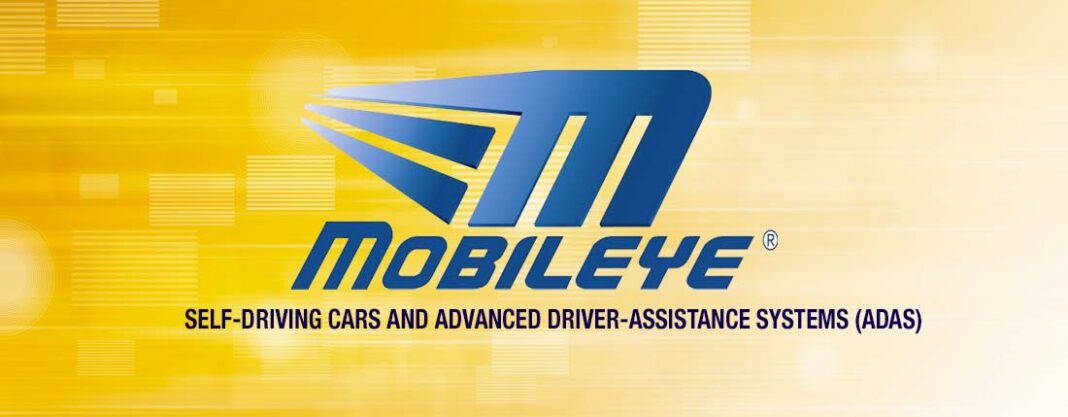Miami will be the latest test ground for Intel’s mobileye
What’s happening
Mobileye, Intel’s car tech subsidiary, has started testing its self-driving cars in Miami and Stuttgart, Germany, so it can train its AI to cope with more road conditions.
Why it matters
Autonomous vehicles promise to revolutionize transportation — if engineers can make them safe and smart enough. Real-world road testing is crucial to this.
What’s next
Mobileye will expand tests to more cities with an expectation that consumers can buy cars with its self-driving technology in 2025.
It’s the “Chamber of Commerce” image of Miami — sun-soaked streets lined with languid palms, top-down drives in Miami Beach, Wynwood or Coconut Grove….yes, Miami’s almost Heaven for driving. Almost. In reality, for us who live and work here, downtown Miami experiences heavy congestion, with significant pedestrian, cyclist, even skateboard and inline-skating traffic. Which makes it an ideal test for this new technology.
Meanwhile Stuttgart – aside from being widely known as the birthplace of the automobile and a major hub of the global automotive industry – presents a complex mix of steep landscapes and driving on urban, rural, and high-speed (often even derestricted) Autobahn highways.
These two latest locations join AV testing programs previously launched in Detroit, New York, Jerusalem, Tel Aviv, Munich, Paris, Tokyo, and Shanghai. With the addition of Miami and Stuttgart, Intel has testing programs in ten cities in six countries across three continents around the world.
Intel Mobileye and the advent of autonomous vehicles
“Mobileye is scaling its AV testing through the addition of new locations,” notes Johann “JJ” Jungwirth, Vice President of Mobility-as-a-Service (Maas) at Mobileye. “Adding Miami and Stuttgart to our testing program represents a commitment to ensuring, first and foremost, safety, and, second, a ‘quality’ rider experience, and at the same time strengthens the foundation for the large-scale commercialization of autonomous mobility services worldwide by confronting and coping with broad and complex driving scenarios, traffic rules, and unique conditions in various cities.”
A Mobileye autonomous vehicle navigates the streets of New York City. The vehicle, outfitted with 360-degree vision sensing and powered by Mobileye’s Road Experience Management™ (REM™) mapping technology and Responsibility-Sensitive Safety (RSS)driving policy, negotiates with other road users including bikers and pedestrians, seamlessly maneuvers through congested neighborhoods and active constructions zones, and merges safely into the Franklin D. Roosevelt (FDR) Drive, a busy parkway that runs along the East River. (Credit: Mobileye, an Intel Company)
Adapting to The Challenges of Miami Streets
The unique parameters presented by these latest locations pose a novel set of challenges and conditions for our autonomous vehicles to adapt to. And they’ve adapted rather quickly: in fact, our AVs were cruising the streets of Miami within just two weeks of arrival.
Central to that quick turnaround and Mobileye’s “AV everywhere” strategy is our Road Experience Management™ mapping technology. By crowdsourcing data from millions of vehicles already on the road equipped with our technology, REM™ can map new roadways quickly, efficiently, and exactingly – at the push of a button and in near-real time. The resulting Mobileye Roadbook™ provides our autonomous vehicles with highly detailed, precise, and up-to-date information about the driving environment, supplementing the vehicle’s onboard sensors.
The scalability of our approach to self-driving technology is further reinforced by our Responsibility-Sensitive Safety model. RSS yields both a lean driving policy that accounts for differences in local driving culture and an open framework for regulators to pave the way for the deployment of autonomous vehicles at scale.
From mapping and driving policy to sensing and processing, everything Mobileye builds, we build to scale. That’s what enables us to bring the benefits of self-driving technology to everywhere, in every way, for everyone – from Miami to Stuttgart and beyond.
About Intel Mobileye
Mobileye’s self-driving system is designed with a backbone of a camera-centric configuration. Building a robust system that can drive solely based on cameras allows us to pinpoint the critical safety segments for which we truly need redundancy from radars and lidars. This effort to avoid unnecessary over-engineering or “sensor overload” is key to keeping the cost low.
Advanced Driver Assistance Systems (ADAS)
Beyond the fact that ADAS is the core of life-saving technology, it allows us to validate the technological building blocks of autonomous vehicles through our numerous production programs with automakers that submit our technology to the most stringent safety testing. Our ADAS programs – more than 60 million vehicles on roads today – provide the financial “fuel” to sustain autonomous development activity for the long run.
Mapping
Autonomous vehicles will require many system redundancies to deal with unforeseen circumstances. A high-definition map is required for precise localization of the vehicle, relative to road boundaries and intersections, under all conditions. Mobileye’s Road Experience Management (REM™), which uses crowd-sourcing, is a unique, low-cost solution for building and rapidly updating this HD map.











![– [ ] ☎️CALL NOW!! ????????
– [ ] (786)650-9456 #ydiaztowing
– [ ] ????Best Towing Service in Miami????
– [ ] .
– [ ] .
– [ ] .
…](https://www.miamicars.com/wp-content/uploads/2024/04/439880935_17874044664082011_820307467258220909_n-100x70.jpg)



![– [ ] ☎️CALL NOW!! ????????
– [ ] (786)650-9456 #ydiaztowing
– [ ] ????Best Towing Service in Miami????
– [ ] .
– [ ] .
– [ ] .
…](https://www.miamicars.com/wp-content/uploads/2024/04/439880935_17874044664082011_820307467258220909_n-324x160.jpg)

